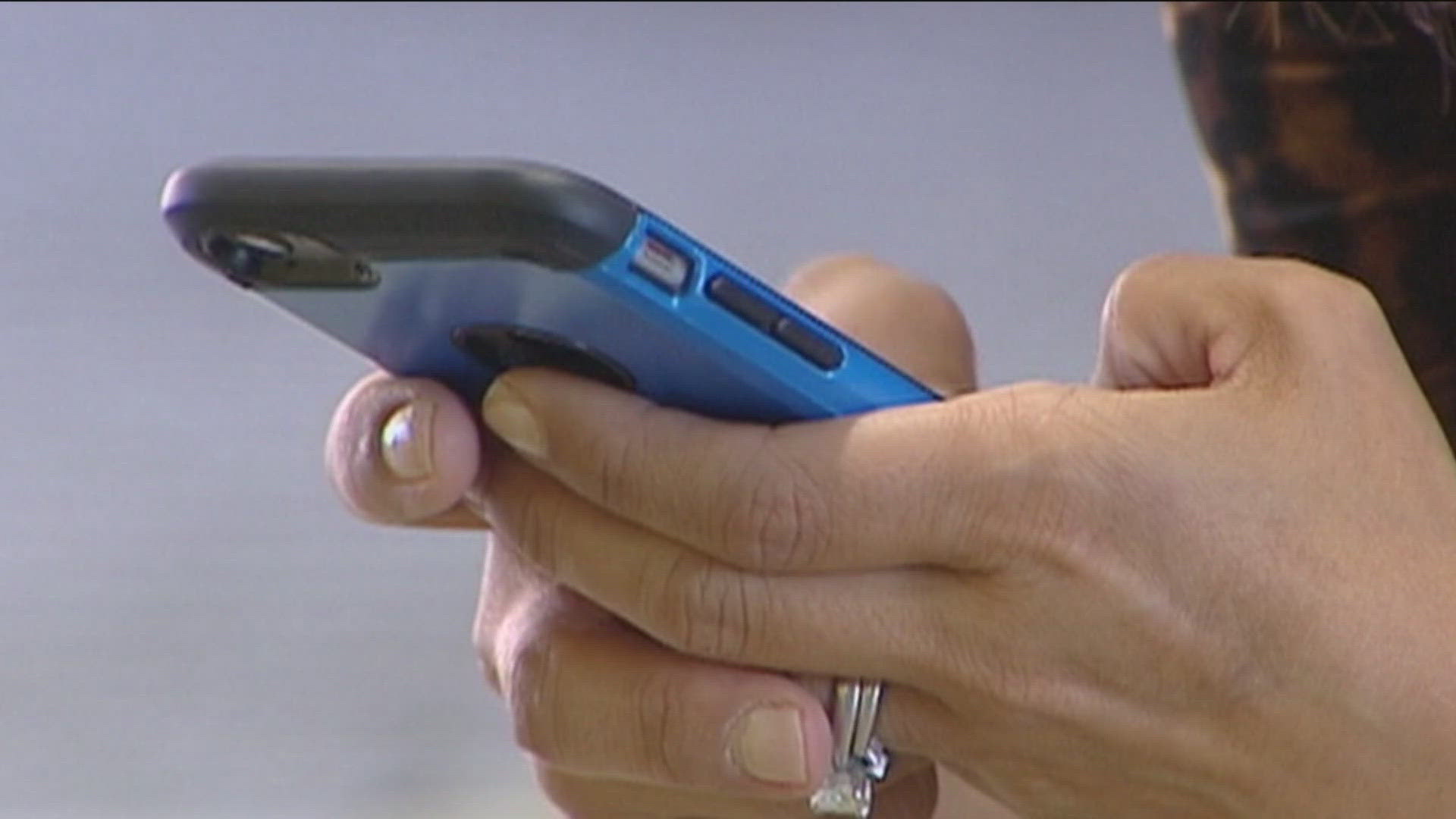SAN DIEGO (CNS) - The city of San Diego received a D for tobacco control policies while only two area municipalities received a grade as high as B, according to an annual report released Wednesday by the American Lung Association and its California affiliate.
Statewide, California, once a national leader in tobacco control efforts, continues to fall behind other states in protecting its residents from tobacco, according to the 14th annual American Lung Association State of Tobacco Control 2016 report.
"Despite a historic opportunity in the California Legislature last year, state lawmakers failed yet again to enact tobacco control policies that would save lives and reduce the $18 billion in annual health care costs due to smoking," according to a statement accompanying the report.
California earned a B for its smoke-free air policies but an F for its low tobacco taxes, an F for failing to sufficiently fund tobacco prevention and control programs, and an F for poor coverage of smoking cessation and treatment services.
"California must take stronger action to save lives and end the scourge of tobacco-related death and disease," said Olivia J. Diaz-Lapham, president and CEO of the American Lung Association in California.
"The single best way to do this is by increasing our low tobacco tax, which ranks 35th in the country," she said. "This will save lives and prevent our children from becoming the next generation hooked on tobacco."
The Lung Association and its partners are calling for immediate action by all levels of government to achieve three goals: reduce smoking rates, currently at about 18 percent, to less than 10 percent by 2024; protect all Americans from second-hand smoke by 2019; and eliminate the deaths and diseases caused by tobacco use. They want $2 in taxes tacked onto each cigarette pack.
In conjunction with the national report, the American Lung Association in California released its grades for the state's cities and counties on local tobacco control policies. Grades are awarded in three categories: smoke-free outdoor air, smoke-free housing, and reducing sales of tobacco products.
El Cajon and Solana Beach each received B grades, and Vista was given a C. All three received high marks for requiring licensing of tobacco retailers, and El Cajon scored well for efforts to support smoke-free housing policies.
The region's second largest city, Chula Vista, got a D.
The American Lung Association in California also issued a report card on how well the state's top 10 cities by population are doing regarding tobacco use: Los Angeles, C; San Diego, D; San Jose, B; San Francisco. B; Fresno, F; Sacramento, C; Long Beach, C; Oakland, B; Bakersfield, F; Anaheim, F.
Despite the lack of action at the state level, this year's California report finds that more than 80 California municipalities took steps to improve their grades -- double the number from last year and the largest increase in adopted policies since the first publication of this report.
In addition, more than 200 communities have stepped up to regulate the sale and use of electronic cigarettes as tobacco products. The report also shows that six California municipalities are leading the charge to adopt policies restricting sales of flavored tobacco products in response to mounting
evidence regarding the likelihood of youth using candy or fruit-flavored tobacco products.
While many communities took significant action to improve tobacco control policies, a total of 307 cities and counties throughout the state -- 40 percent of all municipalities -- did little to nothing and have received an F for their overall tobacco grade.
Tobacco-related deaths are the most preventable cause of death in California. More than 16,000 kids start smoking each year in the state.



